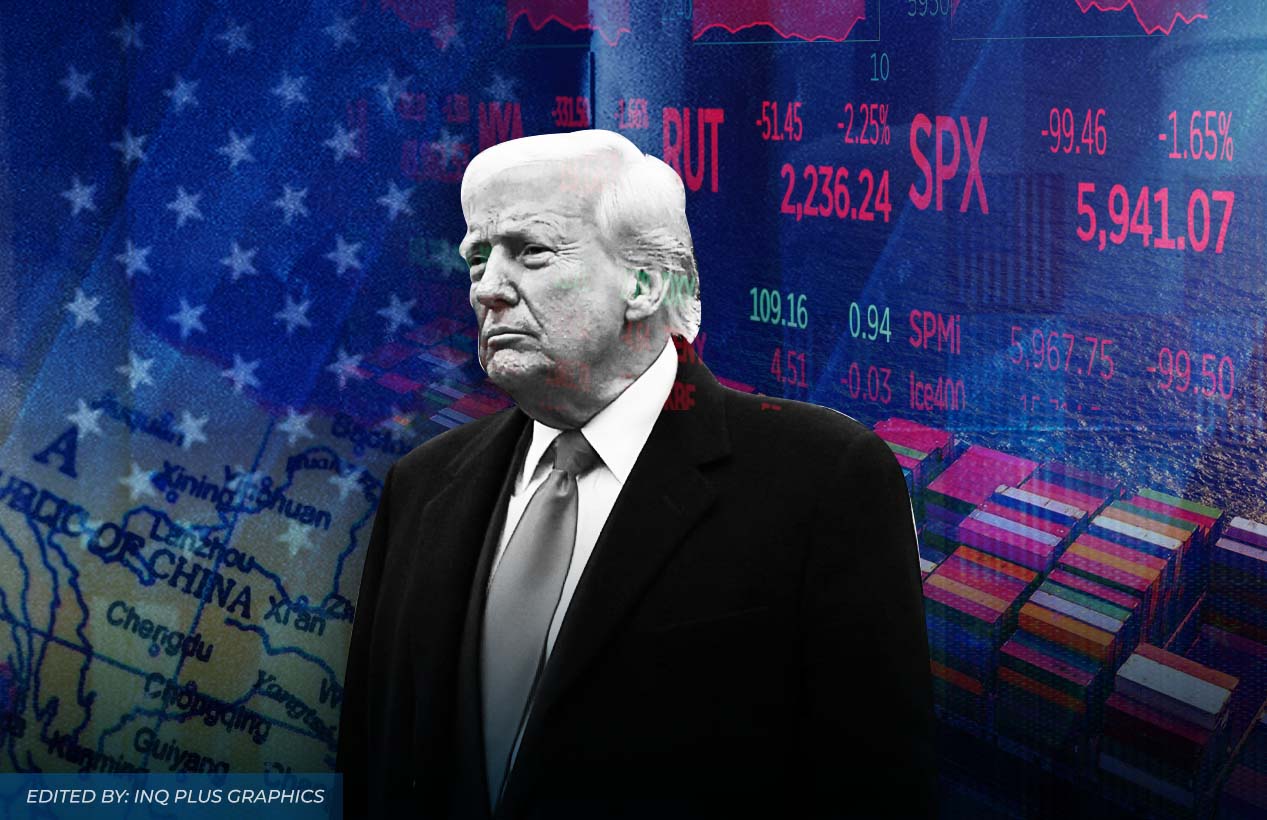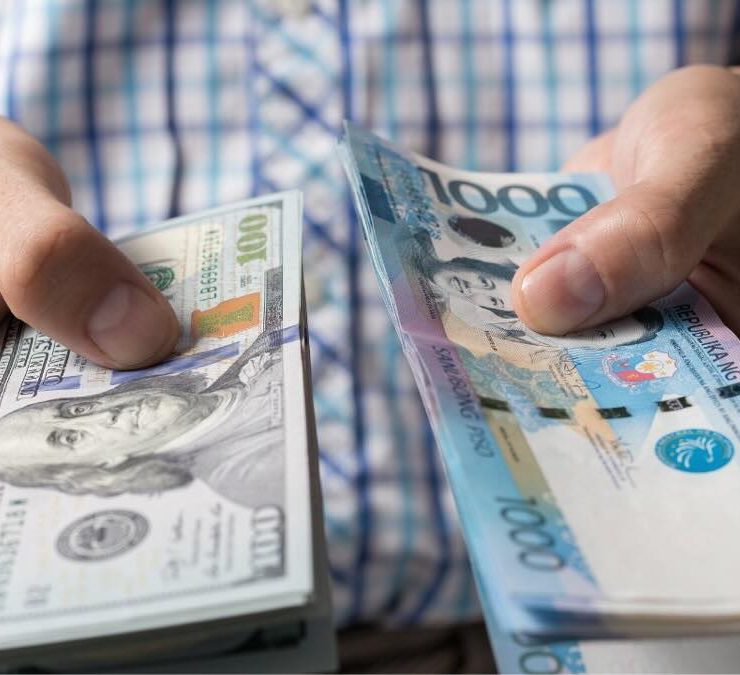US-China truce yet to soothe trade jitters

The US-China tariff truce does not signal global trade normalization unless both sides seal a “lasting” deal, according to global credit watchdog Fitch Ratings.
But the de-escalation increases the pressure on other economies like the Philippines to negotiate for lower import taxes with the administration of US President Donald Trump to stay competitive.
“The announcement suggests a willingness to avoid a sustained collapse of US-China trade flows that would severely disrupt the world’s two largest economies,” Fitch said in a commentary.
“But in the absence of a lasting deal, uncertainty over where tariff rates will settle and the impact of those already implemented will remain key factors in our macroeconomic forecasts,” it added.
Following a key trade meeting in Geneva, China and the US agreed to cut tariff rate by 115 percent with a 90-day pause. This brought the effective tariff rate on Chinese goods to 33 percent.
Both sides also said they would “establish a mechanism to continue discussions about economic and trade relations.”
Fitch said the trade truce would translate to “smaller hit to global growth.” But the debt watcher warned that the agreement did not mean that the tariff war—which was “already having a tangible economic impact”—was over.
“Trade and related data are likely to remain volatile in the coming quarters as these effects play out,” it said.
Zooming in, the local economy posted a slower-than-expected growth of 5.4 percent in the first quarter, after the heightened trade uncertainties had hit business confidence.
Gross capital formation, the investment component of the GDP, grew by 4 percent in the three months ending in March, slowing down from 5.5 percent in the preceding quarter.
Stockpiling ahead of tariffs
The uncertainties were so bad that Filipino businesses had to change their strategy. While exports grew by 6.2 percent, the highest in four quarters, inbound trade expanded by 9.9 percent.
Analysts said local producers might have front-loaded their imports ahead of the higher US tariffs—similar to how their counterparts have stockpiled in other parts of the world.
As a result, the “net exports” component subtracted around 2 percentage points from the total economic growth last quarter, estimates showed.
Speaking to reporters, Secretary Arsenio Balisacan of the Department of Economy, Planning and Development said the de-escalation of the US-China trade tension increased the urgency for the Philippines to negotiate a better deal with America. Recall that Trump had announced a 17-percent “reciprocal” tariff on Filipino goods bound for the US.
“We are also negotiating and we are asking for lower tariffs. But that’s what all this uncertainty is all about. How we all end up remains uncertain,” Balisacan said.





















